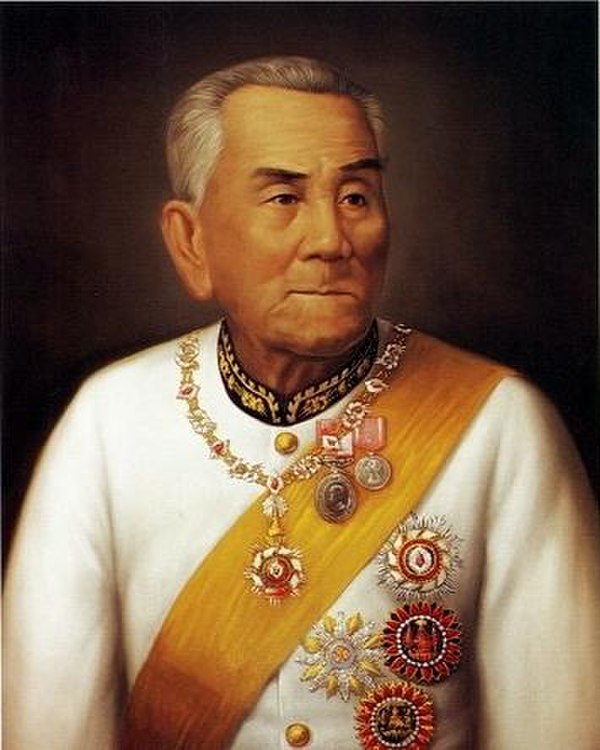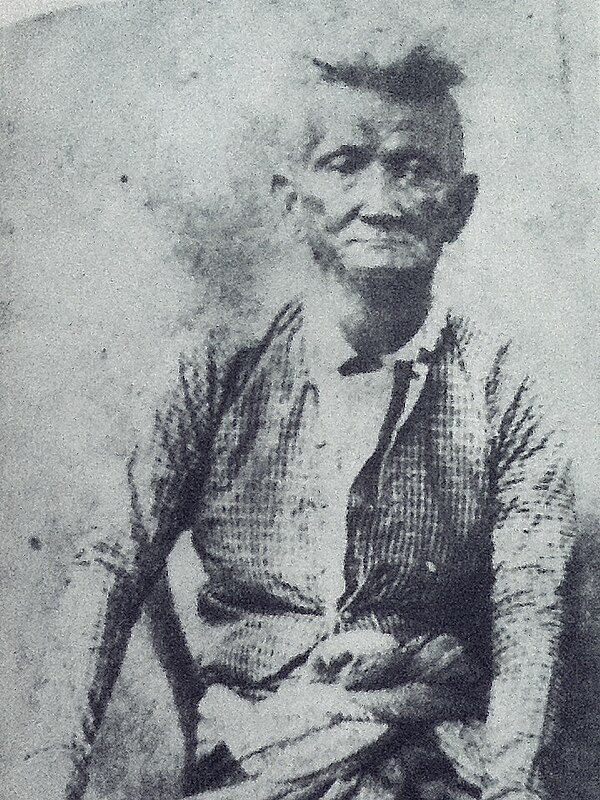
Kingdom of Lanna
The Kingdom of Lanna, also known as the "Kingdom of a Million Rice Fields", was an Indianized state centered in present-day Northern Thailand from the 13th to 18th centuries. The cultural development of the Northern Thai people had begun long before as successive kingdoms preceded Lan Na. As a continuation of the kingdom of Ngoenyang, Lan Na emerged strong enough in the 15th century to rival the Ayutthaya Kingdom, with whom wars were fought. However, the Lan Na Kingdom was weakened and became a tributary state of the Taungoo Dynasty in 1558. Lan Na was ruled by successive vassal kings, though some enjoyed autonomy. The Burmese rule gradually withdrew but then resumed as the new Konbaung Dynasty expanded its influence. In 1775, Lan Na chiefs left the Burmese control to join Siam, leading to the Burmese–Siamese War (1775–76).
Following the retreat of the Burmese force, Burmese control over Lan Na came to the end. Siam, under King Taksin of the Thonburi Kingdom, gained control of Lan Na in 1776. From then on, Lan Na became a tributary state of Siam under the succeeding Chakri Dynasty. Throughout the latter half of the 1800s, the Siamese state dismantled Lan Na independence, absorbing it into the emerging Siamese nation-state.[1] Beginning in 1874, the Siamese state reorganized Lan Na Kingdom as Monthon Phayap, brought under the direct control of Siam.[2] The Lan Na Kingdom effectively became centrally administered from through the Siamese thesaphiban governance system instituted in 1899.[3] By 1909, Lan Na Kingdom no longer existed formally as an independent state, as Siam finalized the demarcation of its borders with the British and French.[4]
















